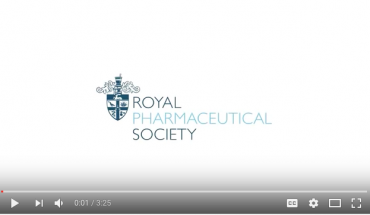Research Unveils How Serotonin is Transported in Nerve Cells: Exact mechanism of serotonin transport in nerve cells researched: While the desired effects of drugs unfold through the interaction with the relevant target structures, the undesirable side effects are often due to a lack of selectivity and therefore due to interactions with other target structures.
Accordingly, developing drugs that can differentiate between the various physiologically relevant targets (e.g. transporters and receptors) is one of the challenges for research. A team led by Ralph Gradisch under the supervision of Thomas Stockner from MedUni Vienna’s Center for Physiology and Pharmacology set out to find a way to increase selectivity for the serotonin transporter while reducing interaction with other targets at nerve cells in the brain. In collaboration with Marko Mihovilovic’s research group from the Institute of Applied Synthetic Chemistry at TU Wien, the researchers discovered the fundamental principles by which the serotonin transporter recognises the neurotransmitter serotonin through the synthesis of serotonin-related molecules and decoded the requirements that lead to the transport of this messenger substance.
Regulating emotions with serotonin
Neurotransmitters, also known as messenger substances, act as “delivery services” for information between nerve cells (neurones). The neurotransmitter serotonin, also known as one of the “happy hormones”, is associated with positive emotions, as it plays a key role in regulating moods and serenity. Accordingly, low serotonin levels are associated with mental illnesses such as depression, anxiety and obsessive-compulsive disorder. Drugs that target the serotonin transporter are among the most commonly prescribed medications worldwide. Blocking of the serotonin transporter with serotonin reuptake inhibitors increases the concentration of the neurotransmitter in the so-called synaptic cleft between nerve cells and helps patients to alleviate the burden of the disease.
Steps deciphered down to the smallest detail
The complex steps required for serotonin transport were described in the study at the single-molecule level, i.e. down to the smallest detail. “It was the tailored combination of chemical synthesis with methods from experimental and computational pharmacology that made these research results possible,” says first author Ralph Gradisch. “Our findings reveal the key forces and interactions that are at work here to initiate the transport of serotonin. This could have created the basis for new types of molecules and, as a result, might allow to develop drugs that can much more precisely target the transporter than those currently prescribed,” says principal investigator Thomas Stockner, summarising the relevance of the results.
Publication: Nature Communications
Ligand coupling mechanism of the human serotonin transporter differentiates substrates from inhibitors;
Ralph Gradisch, Katharina Schlögl, Erika Lazzarin, Marco Niello, Julian Maier, Felix P. Mayer, Leticia Alves da Silva, Sophie M. C. Skopec, Randy D. Blakely, Harald H. Sitte, Marko D. Mihovilovic & Thomas Stockner;
DOI: 10.1038/s41467-023-44637-6
- New lipid-based pathway discovered as key to memory formation - 25th June 2025
- Crucial link could explain how Alzheimer’s takes hold - 25th June 2025
- Understanding Your Mind Can Improve Daily Life - 25th June 2025







